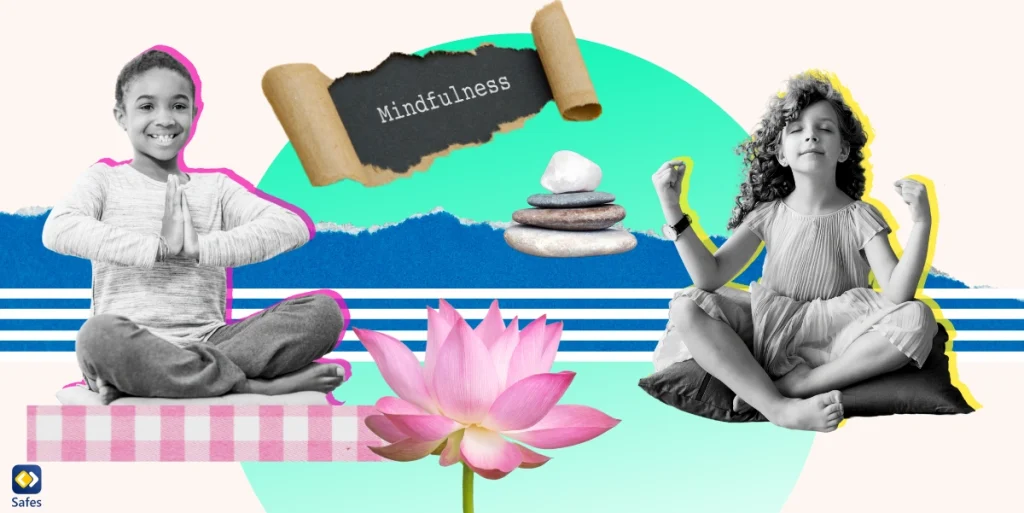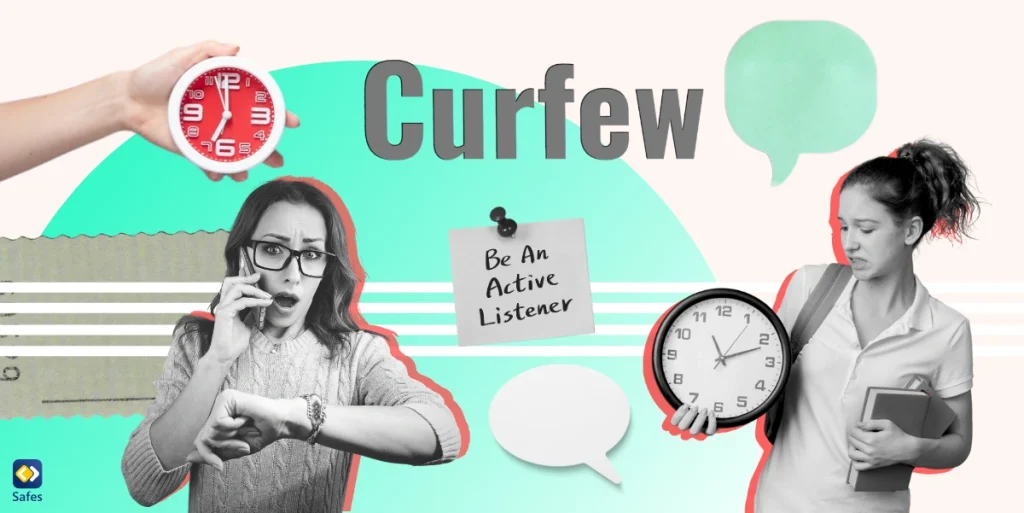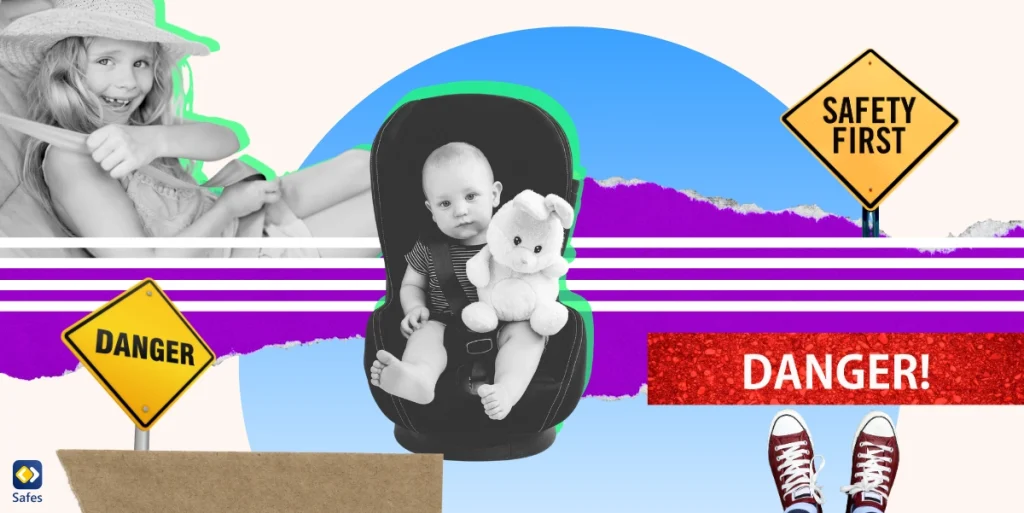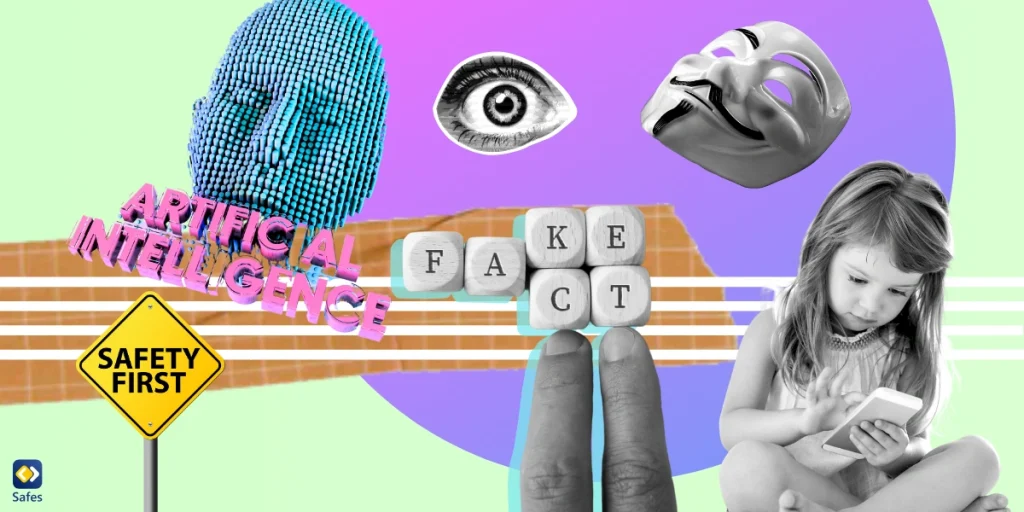It goes without saying that in today’s world, distractions seem to be everywhere. So, helping develop mindfulness in children is more important than ever. Mindfulness is all about being fully present in the moment and paying attention to thoughts, feelings, and surroundings without judgment. Teaching children these skills helps them face life’s challenges more easily and promotes their overall well-being.
There are various resilience and mindfulness activities that help people be more aware of their present moments. For example, tracing for mindfulness for adults is one great way to work on these skills. However, the best practices for your children are those that are fun to do and compatible with their childish energy. You can try these entertaining yet effective mindfulness practices: mindful breathing with a teddy bear lying on the belly, body scanning, mindful eating, the Safari game, and texture bags.
In this blog, we’ll discuss the ins and outs of these five simple and useful exercises. This way, you will be able to bring mindfulness practices into your children’s lives. So, let’s start with the benefits of children’s being mindful!
What Are the Benefits of Mindfulness for Children?
It’s a common belief that adults need mindfulness more than children as they are more anxious, busy with important matters, and have cluttered minds. However, an article about Teaching Mindfulness to Children by Karen Hooker and Iris Fodor insists on teaching mindfulness to children. The study claims that children naturally have mindfulness skills. The younger the child, the greater these skills are. Therefore, they need constant mindfulness practices to maintain these skills and learn other ones.
Based on this study, mindfulness for kids has the same benefits for adults, relieving stress and anxiety, lessening depression, and helping with eating disorders. Furthermore, it brings additional benefits to children, such as:
- Improving Memory
- Increasing Concentration
- Promoting Self-control & Self-management
So, if you have a toddler biting nails or a kid with an eating disorder, you can help them remove the sources of these behaviors by focusing on their mindfulness skills. Even for aggressive children, such exercises lead to reducing stress and tension, and being more self-aware. Moreover, they’ll learn how to manage emotions and boost their communication skills.

What Are 5 Fun Mindfulness Activities for Kids?
Here are 5 mindfulness activities for children that are not only enjoyable but also beneficial for their overall well-being. These practices help them develo p important skills for managing emotions, reducing stress, and improving focus. Practicing these exercises even helps you learn more about mindful parenting to be a good role model for your children.
Breathing with a Teddy Bear
Find a comfortable spot to sit or lie down for your child. Encourage them to close their eyes and focus on their breath. To make it more fun, place a stuffed animal, like a teddy bear on their bellies. As a result, they can focus on their breathing by seeing the teddy bear moving up and down while inhaling and exhaling.
Scanning Body
Guide children through a body scan meditation where they focus on different parts of their body. Start from their toes and move up to their heads. Tell them to notice any sensations, or tension as they scan each body part. This exercise promotes body awareness and relaxation.
Mindful Eating
Choose a snack like a piece of fruit or a small treat. Before eating, invite your children to use their senses to explore the food, noticing the colors, textures, and smells. Then, ask them to take a small bite and chew slowly, paying attention to the taste and sensation of the food in their mouths. This activity helps children develop a deeper appreciation for food and the act of eating.
Safari Game
The Safari game is the most exciting and amusing mindfulness exercise for kids. Here’s how to play it: Go for a walk with your child and ask them to notice every single animal they see on the way. From birds to insects and bugs, tell them to find and name every creature. This way, they will focus on their environment and surroundings.
Texture Bag
Stuff a bag with different objects that have different textures and shapes. Tell your kid to put their hand in the bag and guess what the objects are by touching them. This way, they learn how to use their senses to figure out what’s inside the bag. If you’re a teacher, you can use these entertaining mindfulness exercises for students in the classroom. Apart from helping enhance mindfulness for students, you will make the lessons more amusing for them.
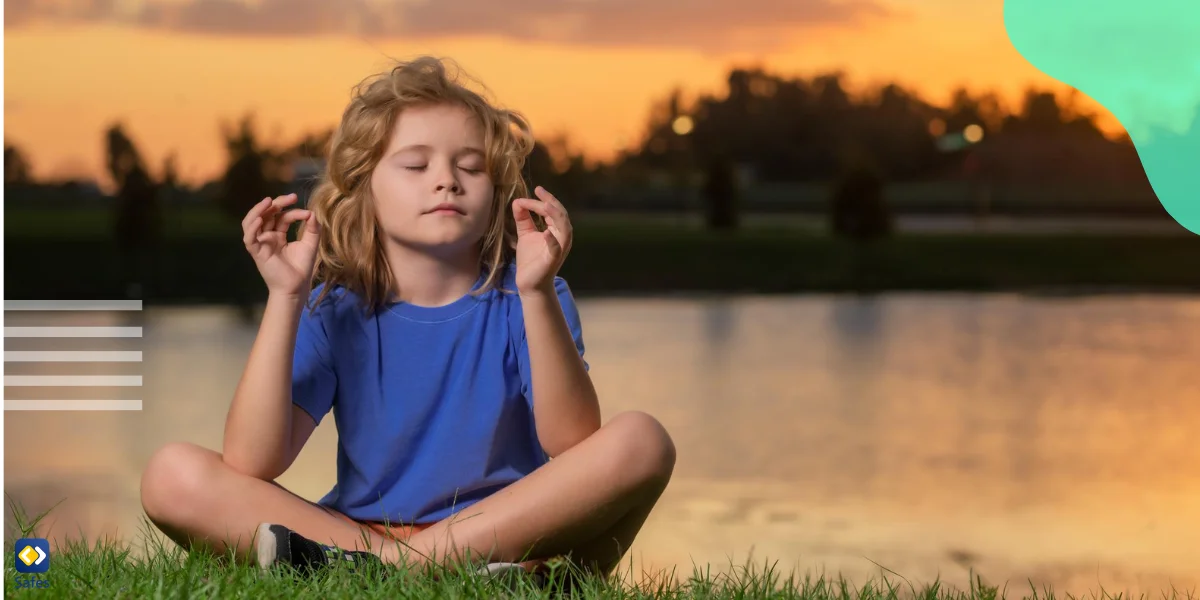
Final Word
By teaching simple yet engaging mindfulness exercises to children, we can help them develop important skills for managing emotions, reducing stress, and improving focus. This will come in handy when they become adults. Mindful breathing, sensory exploration, or mindful movement all provide children with valuable tools to help them grow mentally.
Together, we can inspire a generation of mindful kids ready to thrive in their future. This is how you, as a responsible parent, ensure your child’s success and well-being. By the way, what’s your solution to help your kids grow and be safe in this digital world? Now that children use all types of digital devices and access countless resources, you may feel concerned about the content and risks they’re exposed to. So, did you know you could have ultimate control over your child’s device? This is what Safes is all about! With this parental control app, you can monitor your child’s activities on the internet and prevent them from harmful consequences.
You may have used the built-in Windows parental controls. However, Safes offers more beneficial features, allowing you to ensure your child’s online safety. You can download the app for Android and iOS. But make sure you use our free trial option first to see how it works!
